Specialty Programs Specialty Programs at our Physical Therapy clinic provide patients with tailored and comprehensive care for their specific needs. …
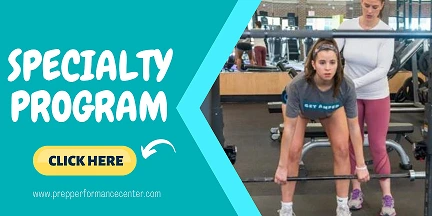

Specialty Programs Specialty Programs at our Physical Therapy clinic provide patients with tailored and comprehensive care for their specific needs. …
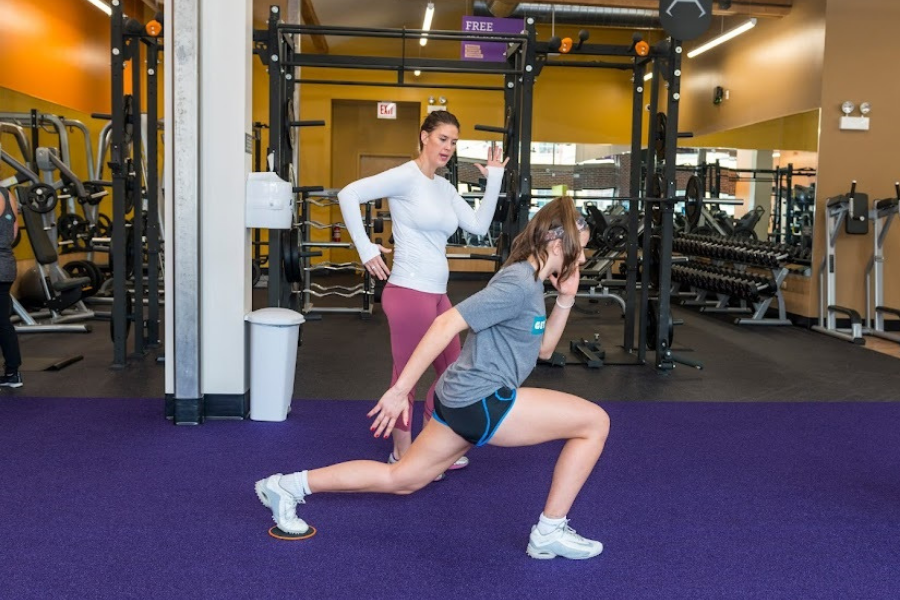
Use our checklist to analyze your running mechanics. Figure out how running efficiency can be increased in order to improve overall performance and reduce your risk of injury.
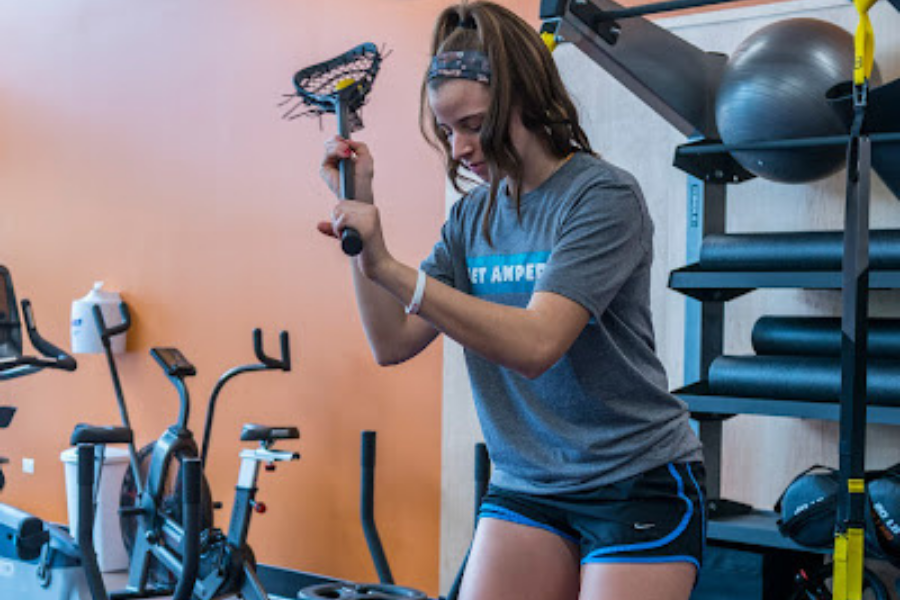
Are you an athlete and planning to go back into sports training? First, we need to consider several programs before hitting back to the court.
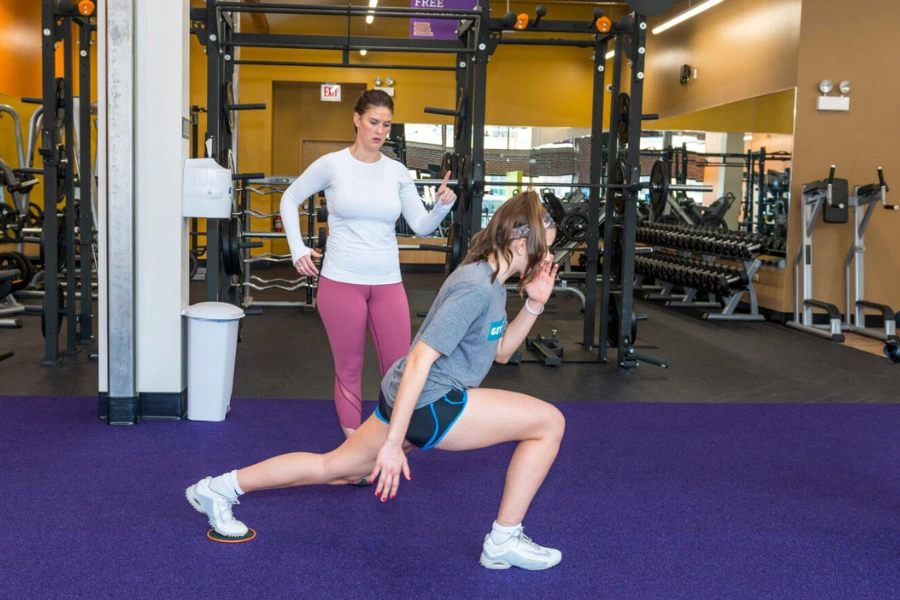
Different home exercise program, balance and stability activities, and progressive strength workout and conditioning guidelines to help you with a gradual evidence-based return to run and return to sport program.
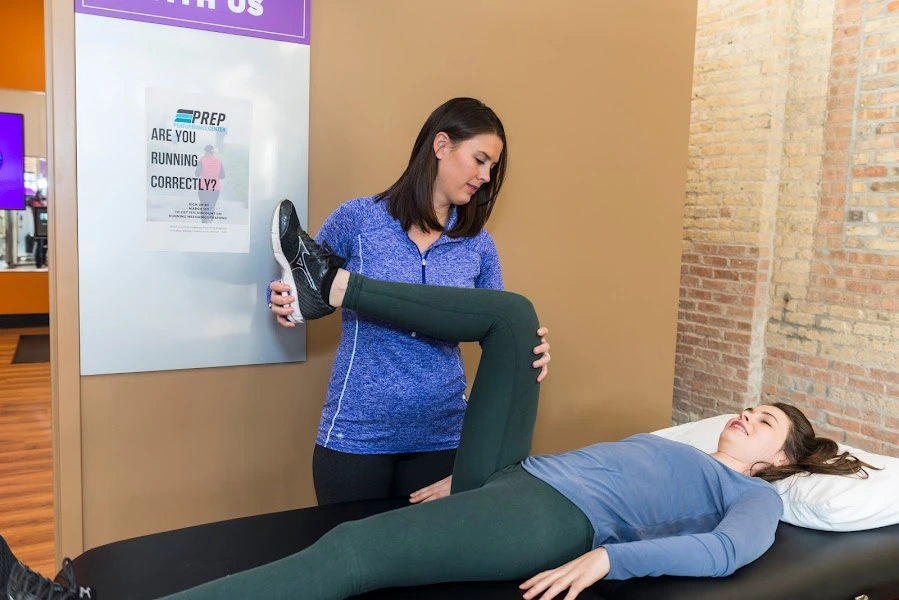
Quality orthotics can alleviate pressure, eliminate pain, and promote stability. It’s important to receive custom orthotics that are created to fit the exact shape of your foot in order to receive the maximum benefits.
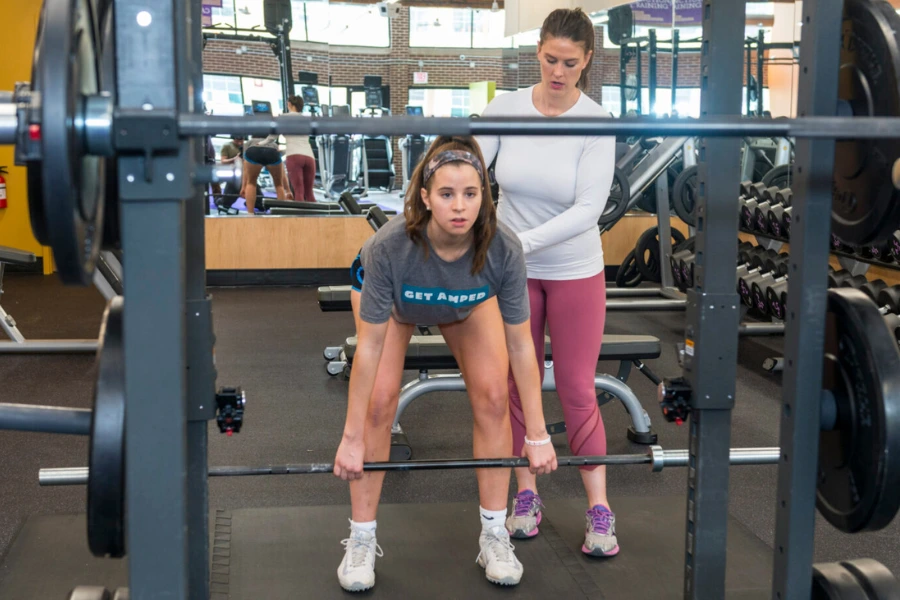
These assessments will evaluate your physical performance and function to determine if you are ready to return to your activity or sport.
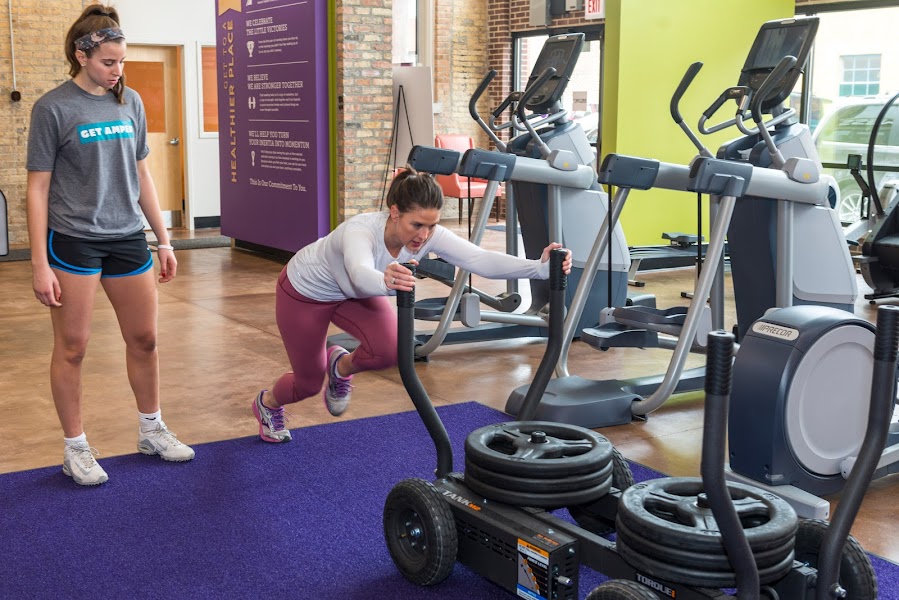
A 6-week Athletic Performance Combine. You will learn from former collegiate athletes and professionals now in the field on how to become an elite athlete.
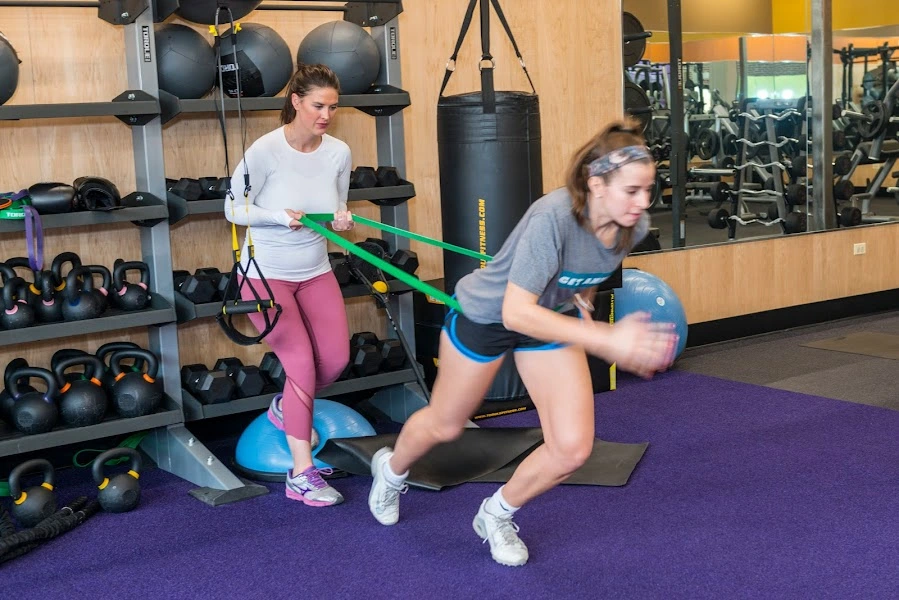
We will design a unique plan for your child, encompassing speed, agility, footwork, strength, and injury prevention. Help your child achieve his or her full athletic potential.
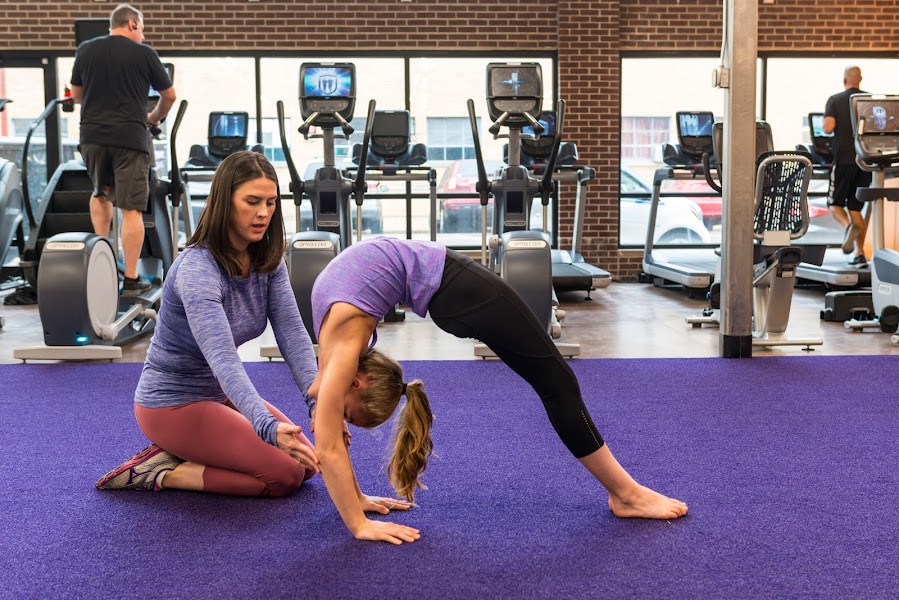
A pre-season assessment will help in identifying any movement dysfunction or risk of injury that your child may have before getting back in the game.

To enhance an employee’s happiness, satisfaction, and overall wellness in the workplace. They have also helped in increasing employee awareness and compliance with health and wellness activities throughout the workplace.
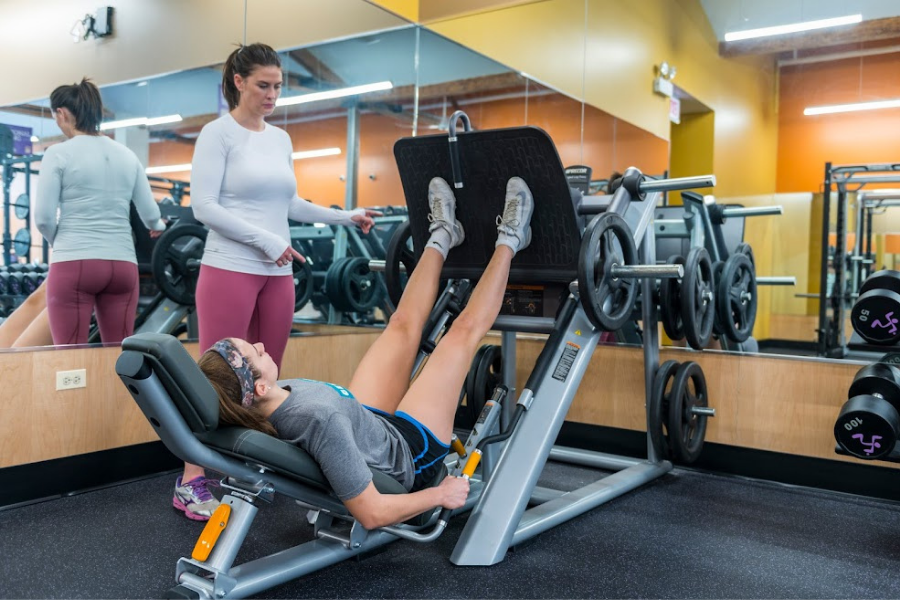
Used to evaluate your balance, stabilization, strength, and movement, pinpointing any areas of dysfunction. There are several different types of movement that this type of assessment may examine.